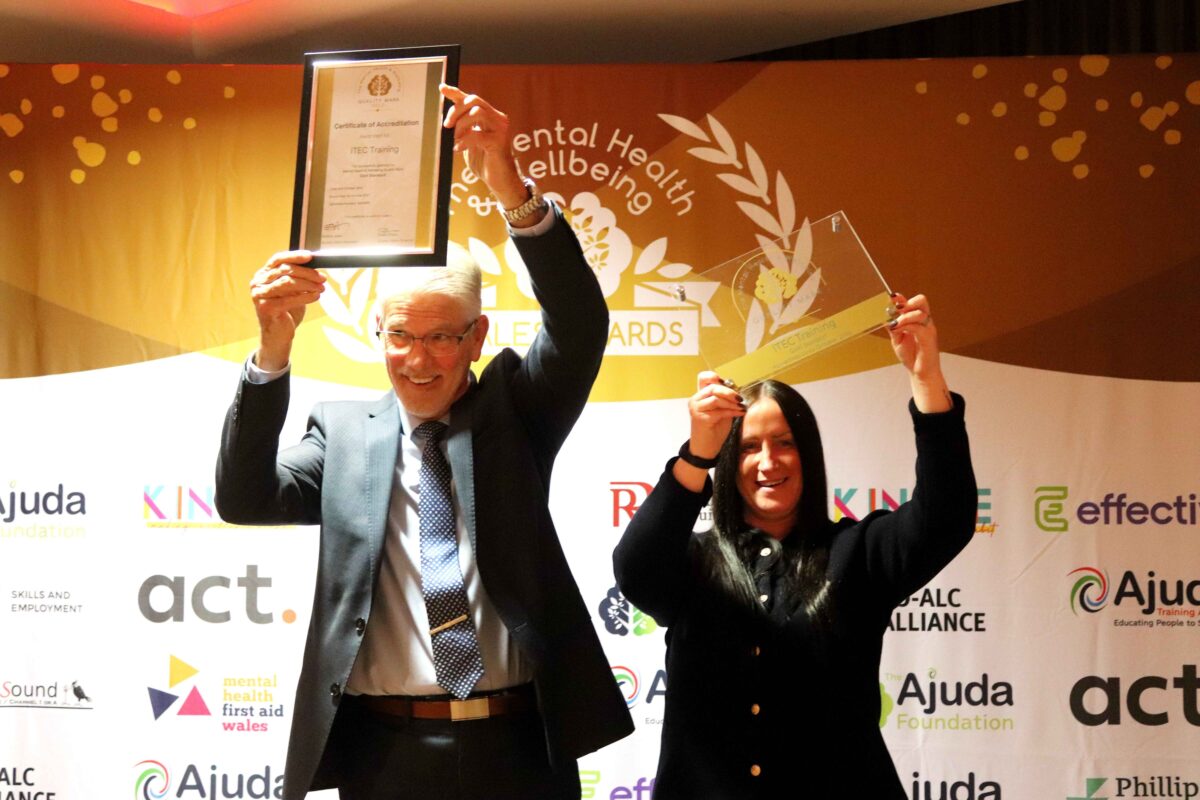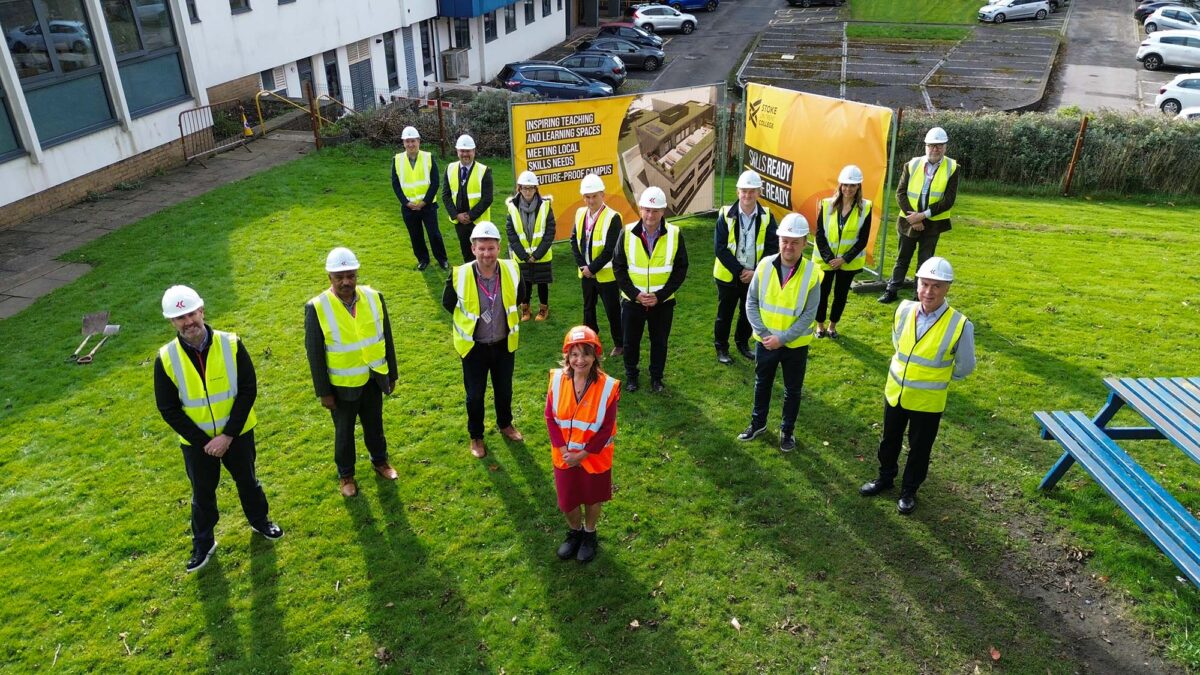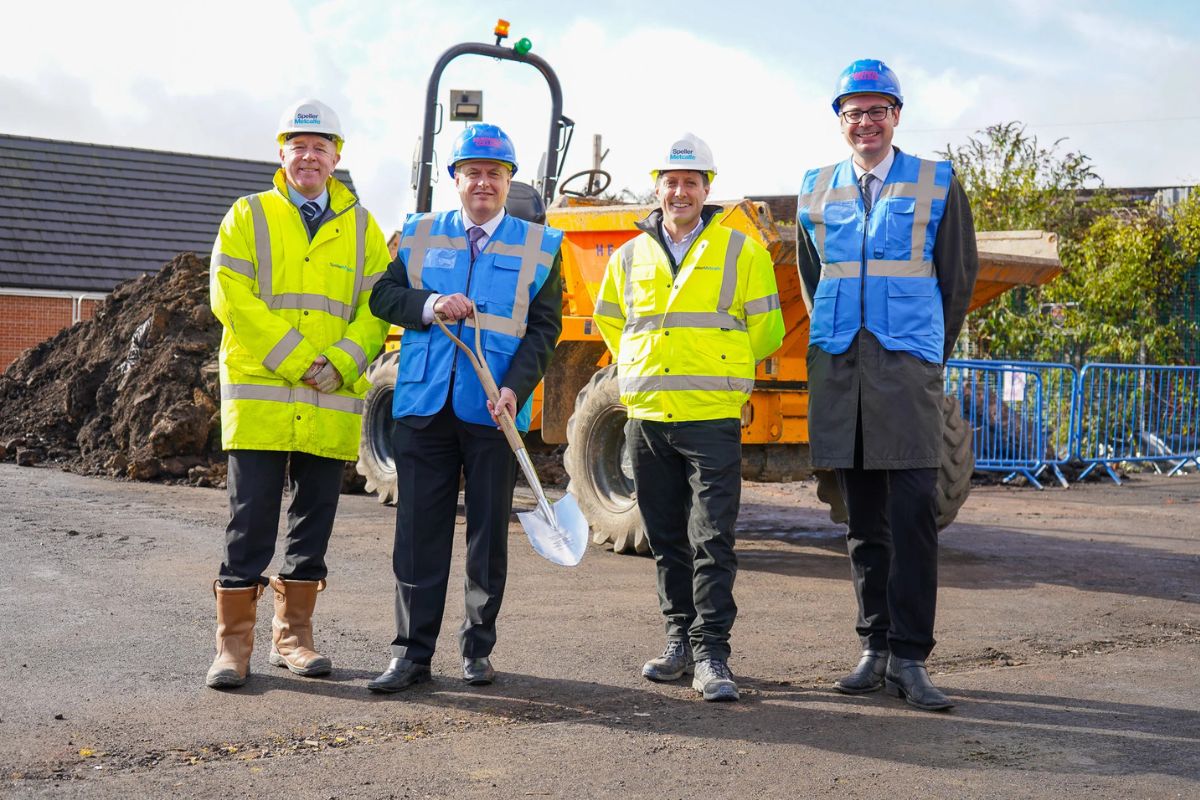Making Sensible Recommendations on Apprenticeship Funding

The recent Institute of Fiscal Studies (IFS) report that grabs most attention concerns apprenticeship funding. However, ‘creative’ the recommendations may feel, any future government would be better to ensure stability in apprenticeship funding; not ‘radical, untested change’ such as those proposed by the IFS. This article looks at the pros and cons of the report’s proposals and explores why unspent Levy should not be used to support other forms of skills training.
Proposed Changes to Apprenticeship Subsidies in IFS Report
The recommendation in the Institute of Fiscal Studies’ (IFS) recent report ‘Investment in Training and Skills’ (published 12 October 2023)that will attract the most attention, concerns an apprenticeship “uniform subsidy rate for all employers, set at a lower rate than the existing rates”[1]. Levy paying employers and non-levy payers would, under the IFS proposals, receive a government ‘subsidy’ of the same level but at a rate lower than that currently provided.
The report offers no clues as to what such a rate would be. Non-levy paying employers would, however, receive less than the 95% government contribution that they currently receive and levy paying employers would be able to use less than the 110% of their levy payments that they can currently spend on Apprenticeships. IFS states: “Perhaps the obvious way to free up funds for expanded subsidies is to lower the 95% and 110% subsidy rates.”[2]
Saving on apprenticeship spend
Savings on apprenticeship spend, the IFS recommendation suggests, could then potentially be used to support other forms of training. UVAC would note that less is spent on apprenticeship training in England than is collected through the Apprenticeship Levy even after deductions for the devolved nations. An obvious question is why should such excess funds not be used to support other forms of training instead of reducing apprenticeship ‘subsidy’ rates?
Under a section titled “What are the Subsidy Rates”[3] the IFS states:
“Levy-paying employers can access funding equal to 110% of the amount of the levy paid (i.e., the full costs and a 10% top-up).” This statement is a little confusing as employers can only ever secure the actual cost of an apprenticeship up to the maximum funding band.
“Non-levy-paying employers – and those who have exhausted their fund – receive a subsidy for 95% of the cost of apprenticeship training and must cover the remaining 5% of costs.”
Challenges and Implications of Levy Payments for Employers
While it is theoretically possible, levy paying employers are highly unlikely to recover 110% of their levy payments. Most levy paying employers write off a substantial proportion of their Apprenticeship Levy payments. Such unused payments are perceived as being used, in part, to fund provision for smaller non-levy paying employers.
Given that the vast majority of levy paying employers spend significantly less than 100% of their levy payments on apprenticeship provision, unless the percentage was reduced substantially only negligible savings would be secured. For employers committed to maximising the use and value of apprenticeships the IFS proposal is, however, potentially bad news.
Take the NHS. The NHS aims to maximise the ‘recovery’ of the levy payments they make. According to the NHS Long Term Workforce Plan[4], by 2030 one in six NHS staff will be recruited by the apprenticeship route in both clinical and non-clinical roles. The IFS needs to explain how their proposal fits in with such strategies where, encouraged by government, employers are planning to optimise use of their levy payments to deliver organisational objectives.
Implications of Proposed Changes to Apprenticeship Funding
In other parts of the report the IFS highlights constant “chopping and changing”[5] and the “policy instability and inconsistency which have plagued the sector”.[6] Proposals from the IFS for changes to apprenticeship funding would in themselves represent significant chopping and changing and policy inconsistency.
An alternative (and equally bad) way to reduce ‘subsidies’ would be to require levy-paying employers to make an additional financial contribution to the cost of apprenticeships, along the lines of non-levy paying employers. Non-levy paying employers currently pay a 5% financial contribution. Levy paying employers would, of course, contend (in UVAC’s view) that they already pay a 100% financial contribution through the Apprenticeship Levy. It would be useful if the IFS could make clear that this is not what they intend.
No analysis or indication is given by the author of the impact of such changes on apprenticeship starts, by level or age or impact on key sectors including the public sector. But a reduction in the Westminster Government financial contribution to the cost of an apprenticeship would undoubtedly lead to a decline in starts, particularly at lower levels, in smaller businesses and key sectors such as the NHS. Over the recent past (21/22 – 22/23) Apprenticeship starts with non-levy paying employers have fallen by 13%[7]. A reduction in the funding rate would most likely lead to a further decline in apprenticeship starts amongst non-levy paying employers.
Debating the Nature of the Apprenticeship Levy: Hypothecated Tax or Subsidy?
Any government would do well to leave the IFA recommendation to lower apprenticeship ‘subsidy’ rates well alone. Stability and evolution are needed in apprenticeship funding not radical untested changes, such as those proposed by the IFS.
Changes to the levy system are, in part, justified by the IFS contention that the Apprenticeship Levy, despite appearances, “is not really a hypothecated tax”[8]. This is a contentious claim. While it is certainly (and regrettably) true that revenue from the Apprenticeship Levy does not go into a dedicated and separate funding pot for apprenticeships, other characteristics suggest it is hypothecated.
Employers paying the levy have the amount they pay credited into their apprenticeship accounts and can spend such funds on approved apprenticeship programmes. When introduced in 2017, the Apprenticeship Levy was clearly sold to employers as payments they could recover when they spent on apprenticeships. Finally, the name Apprenticeship Levy clearly indicates that it is (or should be) a hypothecated tax.
The IFS contention that the Apprenticeship Levy is not a hypothecated tax leads to some unfortunate terminology, such as ‘subsidy rates’ for apprenticeship provision. Most employers and employer groups believe and have been led to believe, that their levy payments are there to be used on apprenticeships for their own organisations. Few would see such funding as a government subsidy. Indeed, employers have frequently complained that they cannot use ‘their’ levy payments and funds are ‘wasted and returned to the Treasury’. The Co-op, for example, earlier this year reported that £600m was wasted in Apprenticeship Levy funding[9]. It was not alone in raising such concerns.
The author’s analysis of the Apprenticeship Levy contains some points UVAC would question:
- Degree-level Apprenticeships are described as “equivalent to an undergraduate degree.”[10] In fact over eighty Degree Apprenticeships have been approved or are in development at level 7 (master’s or postgraduate degree level) including apprenticeships for occupations such as, district nurse, doctor, AI data specialist and architect. Such important factual errors in the report should be corrected by the IFS. It also ignores the inclusion of higher apprenticeship provision at level 5 so disregards important associate professional roles such as associate nurse that support and facilitate routes into professional job roles.
- “Instead of stimulating new training, employers may be induced to relabel existing training as apprenticeships in order to access this subsidy.”[11] ALL apprenticeships are based on employer developed occupational standards that define the knowledge, skills and behaviours needed to be occupationally competent. These occupational standards are approved by the IfATE and delivered by approved providers in accordance with detailed DfE/ESFA funding rules. Statements that employers can ‘relabel’ existing training as an Apprenticeship are therefore simplistic.
- The statement that “Only one sector – public administration – has seen a significant increase in apprenticeship starts since the introduction of the levy. This has been driven by a target for public sector organisations in England to hire apprentices”[12] needs to be unpicked and more detailed analysis considered. The author rightly highlights the growth of Higher and Degree Apprenticeship. It is worth noting that in terms of the degree apprenticeships with the highest number of starts since 2017/18, five were distinct public sector occupations; police constable, registered nurse, advanced clinical practitioner, teacher and social worker[13]. Perhaps this trend is based on a real need to recruit more police officers, nurses etc. rather than just a desire to meet an apprenticeship target. No doubt to some economists this may be dead weight provision. To those managing and using public sector services, the NHS, hospital trusts, police forces and local authorities, such provision is vital.
Conclusion
The IFS makes an important point that the Apprenticeship Levy and associated funding incentivises employers to choose apprenticeship over and above other forms of training. “There is a vast range of non-apprenticeship training which also develops general skills and could be more viable to firms than an apprenticeship.”[14] Certainly, proposals from the Policy Exchange and the Labour Party to introduce greater flexibility in provision funded by the Apprenticeship Levy, while continuing to safeguard apprenticeships (as protected by statute), are worthy of further exploration.
Regrettably, the IFS proposals to lower apprenticeship ‘subsidy’ rates would not safeguard apprenticeship provision and protect the brand but would in our view undermine it. UVAC looks forward to the ongoing debate.

By Dr Mandy Crawford-Lee, Chief Executive, UVAC
FE News on the go…
Welcome to FE News on the go, the podcast that delivers exclusive articles from the world of further education straight to your ears.
We are experimenting with Artificial Intelligence to make our exclusive articles even more accessible while also automating the process for our team of project managers.
In each episode, our thought leaders and sector influencers will delve into the most pressing issues facing the FE sector, offering their insights and analysis on the latest news, trends, and developments.
[1] Investment in Training and Skills – The Institute for Fiscal Studies. p37
[2] Ibid 1., p33
[3] Ibid 1., p24
[4] The NHS Workforce Plan is Huge News for the FE Sector, Robert Halfon MP, Minister for Skills, Apprenticeships and Higher Education, FE Week, 30 June 2023
[5] Ibid 1., p4
[6] Ibid 1., p4
[7] DfE provisional statistics quoted from Billy Camden, Dwindling SME starts drag down apprenticeship figures in 2022/23, FE Week, 12 October 2023
[8] Ibid 1., p24
[9] Co-op, news release, 6 February 2023
[10] Ibid 1., p28
[11] Ibid 1., p27
[12] Ibid 1., p30
[13] Billy Camden, Degree-level apprenticeship spending hit half a billion last year, FE Week, 5 May 2023
[14] Ibid 1., p32











Responses